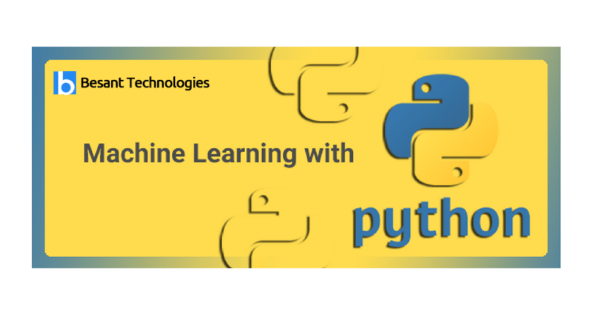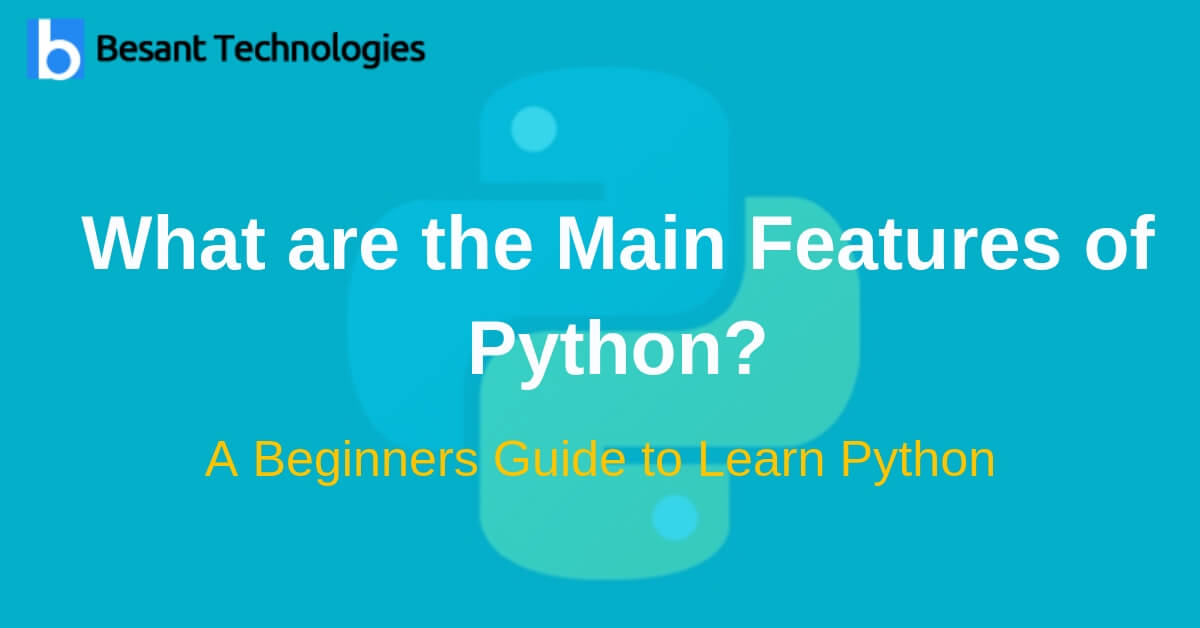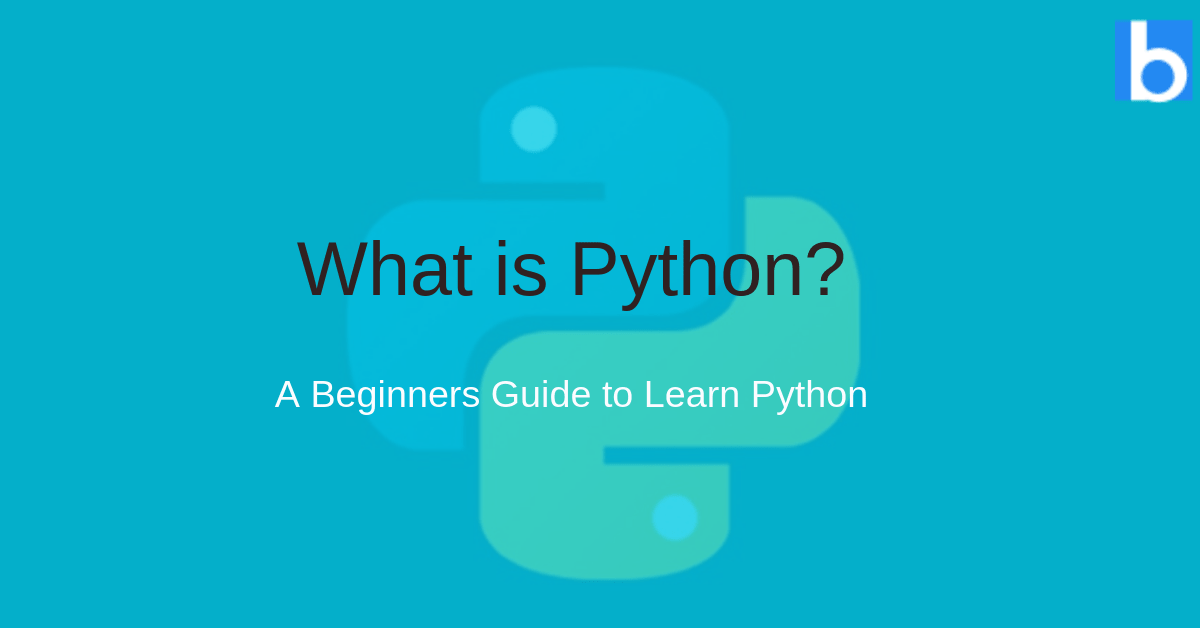Python for Data Science:
Python for Data Science is an obligatory learning for professionals in the Data Analytics domain. With the growth of the IT industry, there is a growing demand for Qualified Data Scientists and Python has evolved as the most preferred programming language. Through this article, you will learn the basics, how to analyze data and create beautiful views using Python.
Why learn Python for Data Science?
- Python is undoubtedly the most appropriate language for a data scientist. I’ve listed a few points that will help you understand why people use Python for Data Science:
- Python is a free, flexible open source language and powerful Python reduces development time in half with its simple and easy syntax Con Python, you can perform manipulation, analysis and visualization of data.
Python provides powerful libraries for machine learning applications and other scientific calculations One of the main reasons why Python is widely used in scientific communities and Research is due to its ease of use and simple syntax, which makes it easy for people who do not have engineering training.
It is also more suitable for rapid prototyping. According to engineers from academia and industry, the deep learning frameworks available with the Python APIs, in addition to scientific packages, made Python incredibly productive and versatile. There has been a lot of evolution in deep learning Python structures and it is being updated quickly.
Became a Data Scientist With Certification
Python basics for Data Science:
Now is the time to get your hands dirty in Python programming. But for this, you should have a basic understanding of the following topics:
Variables: Variables refers to the memory locations reserved for storing the values. In Python, it is not necessary to declare variables before using them or even to declare their type.
Data types: Python supports several types of data, which define the possible operations on the variables and the method of storage. The list of data types includes – Numeric, Lists, Strings, Taps, Sets and Dictionary.
Operators: Operators help manipulate the value of the operands. The list of operators in Python includes: Arithmetic, Comparison, Assignment, Logic, Bitwise, Association and Identity.
Conditional statements: Conditional statements help to execute a set of statements based on a condition. There are three conditional statements – Se, Elif and Else.
Loops: Loops are used to iterate through small pieces of code. There are several types of loops – While, for and nested loops.
Is Python good for data science:
Python is the most common coding language I usually see needed in data science functions, along with Java, Perl, or C / C ++. Python is a good programming language for data scientists. That’s why 40% of those interviewed by O’Reilly use Python as their main programming language.
How Python is used in Data Science:
Every day, in the United States, more than 36,000 weather forecasts covering 800 different regions and cities are issued. You probably perceive the wrong time when it starts to rain in the middle of the picnic on what should be a sunny day, but you already wondered how accurate those predictions really are? Every day, they gather all 36,000 predictions, a database and compare them with the current conditions found in that place that day. Forecasters across the country use the results to improve their forecast models for the next round.
Data analysis with Python:
Python is a great language for doing data analysis, mainly due to the fantastic ecosystem of data centered Python packages. Pandas is one of these packages and makes importing and analyzing data much easier.
R is mainly used for statistical analysis, while Python provides a more general approach to data science. R and Python are state of the art in terms of science-oriented programming language. Learning the two is, of course, the ideal solution. Python is a general purpose language with a readable syntax.





